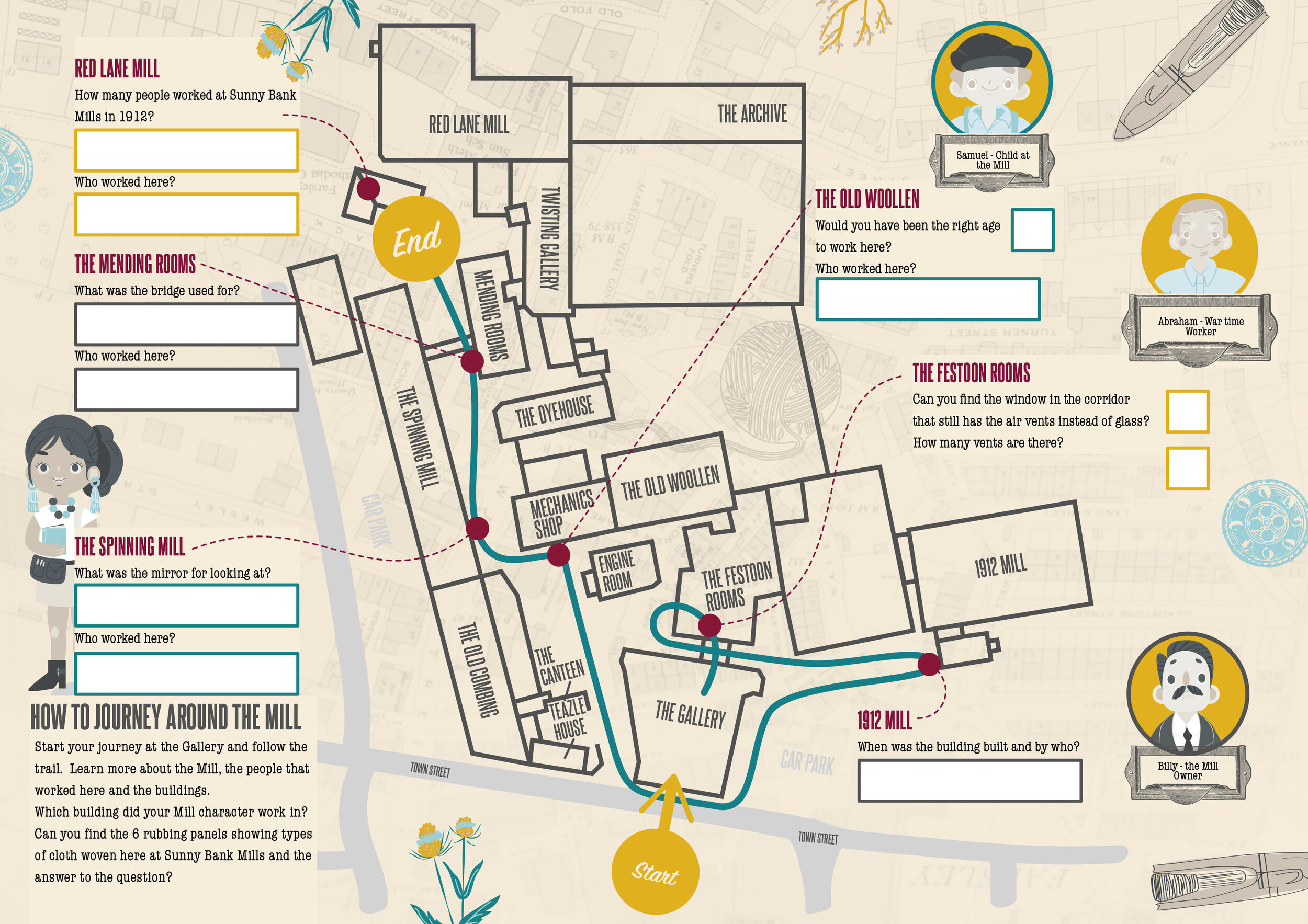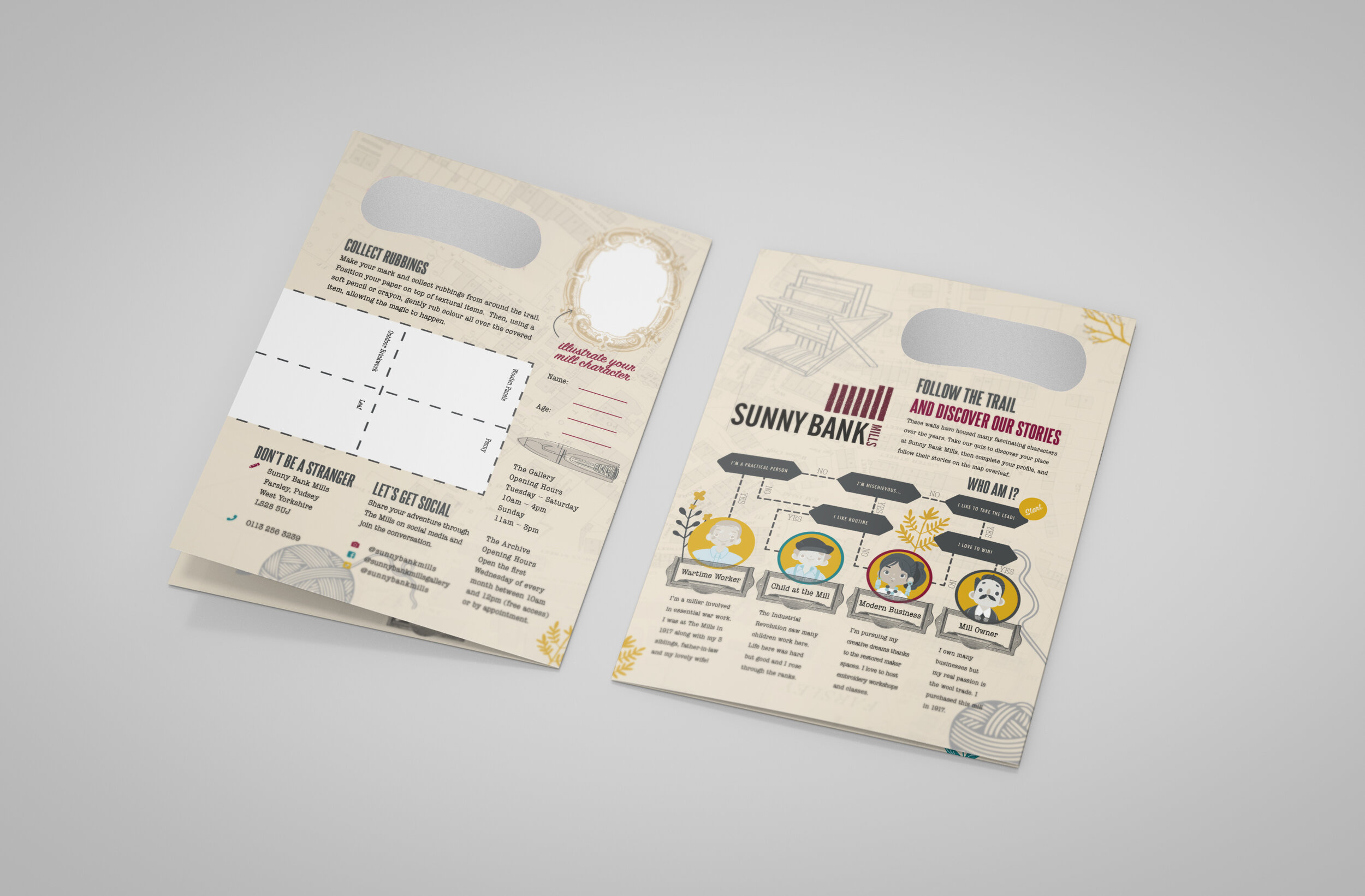Co-Design Your Way to Cultural Engagement
Museums, libraries, archives and galleries. They provide so much fulfilment. They inform us, entertain us, provide meaning, conversation and even escapism (Katz et al., 1974). The benefits of engaging with arts and culture are clear — it can lead to a happier life, full of self-expression. As specialists within the cultural sector, how can you communicate this to the public? Another run-of-the-mill exhibition may not always capture your audience’s imagination.
We’re living in the Digital Age, constantly bombarded with information. People have busy minds and may not feel culture is right for them. Therefore you need to cut through the noise from the beginning. How? You can facilitate a co-creative approach, which offers a sustainable promise. It is a form of design thinking, where “giving the meaning” to the public is vital.
Moreover, social media has passed the soapbox and microphone to everyone, no matter who you are. You can engage with two-way discussions, anytime, anywhere. Collaboration is the way forward.
Attitudes change when we stimulate people in the right way, involve them and encourage spontaneous development. For this to happen, we have to be open to a dynamic process. By adopting this stance, you can find a “best fit” for even the most diverse audience. Public engagement initiated from the get-go of the project is easier, rather than engaging people at a final exhibition or show.
If you’ve previously struggled to engage the public, it’s worth seeking some context. You need to understand what motivates the people involved. Everyone who is part of the challenge should be a part of the solution! Once you’ve begun at the core of this, you can extend empathetic research to other potential parties and stakeholders. You can discover all of this heartfelt information through co-design.
What is Co-Design?
Co-design recruits the skills, experiences and knowledge of the public. It then directly applies them to the planning and creative process (Schaminée, 2018). By involving a diverse range of people from the start of a project, these individuals recognise their expertise. They feel positive about being active co-designers. Due to their enthusiasm, they will help connect the facilitators to further networks. It’s boosting the six degrees of separation and unknowingly supporting your publicity and marketing efforts.
Methods include group sketching, rough prototyping, mind maps, affinity diagrams, character profiling and good old-fashioned storytelling. It’s about bringing a group together and enticing conversations. To gain a diverse range of ideas from these conversations, use a diverse range of methods. Find more method ideas from the Service Design Tools website. It is an open collection of tools and tutorials that helps to deal with these complex, social challenges.
Scandinavian associates established the discipline, co-design back in the 1970s. It is also known as participatory design, co-creation or open design. The Scandinavians wanted to communicate how design thinking can encourage social good and extend beyond traditional collaboration (Chisholm, 2016). This mission of social good is still relevant today and can be carried on by you! If you are considering co-design for your next project, consider how you will develop good relationships. The best results come from communication, creativity and organisation.
Case Study: Sunny Bank Mills x Farsley Springbank Primary School
Buttercrumble enhanced the visitor experience of Sunny Bank Mills (Leeds) with a bespoke activity sheet and wayfinding devices to complement the Mills' educational aims. We achieved this through map and activity sheet design wayfinding and a school engagement session. By spending time in the archive, and holding a co-creation group with Farsley Springbank Primary School, we created designs to appeal to KS1 and KS2 students and their teachers too.
The co-creation group brought together a group of around fifteen students, aged nine to eleven-years-old. Each was given a preliminary design for the activity sheet and asked to draw upon it. We also asked questions to confirm and develop our findings. The students enjoyed learning about the creative process, so it was mutually beneficial.
The feedback gained was truly valuable as the children all lived locally and were the perfect audience for Sunny Bank Mills educational activities. It enabled us to generate and test creative ideas, identify any potential barriers or problems and overall, improve the design! Furthermore, following the process, the school visited the Mills to take part with the finalised design. Co-design meant the audience was involved from concept to completion. They were fully invested in the activities.
Have you ever considered facilitating co-design to benefit your own business or organisation? It can be an effective way of building a community! For further guidance, please see the references at the bottom of this post or contact us. We’d love to hear from you.
Finally, to keep up to date with our upcoming resources, please join the Buttercrumble Grapevine below:
References
Chisholm, J. 2016. What is Co-Design? [Online]. [Date Accessed: 30th September 2020]. Available from: http://designforeurope.eu/what-co-design
Katz, E., Blumler, J. G., & Gurevitch, M. 1974. Uses and Gratifications Research. Public Opinion Quarterly, 37(4), 509–523.
Schaminée, A. 2018. Designing With—in Public Organizations: Building Bridges Between Public Sector Innovators and Designers. Amsterdam: BIS Publishers.
Service Design Tools. [Online]. [Date Accessed: 30th September 2020]. Available from: https://servicedesigntools.org/



